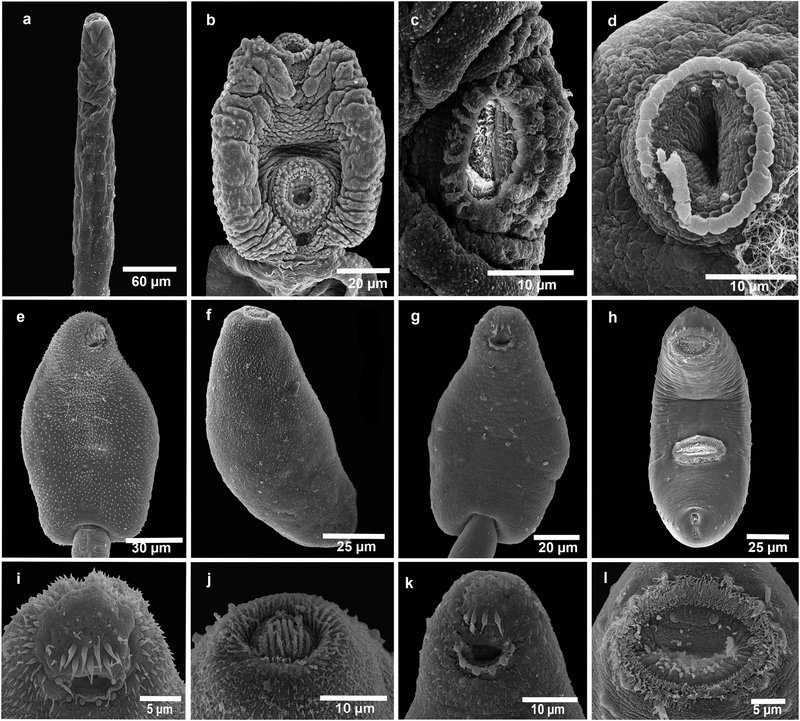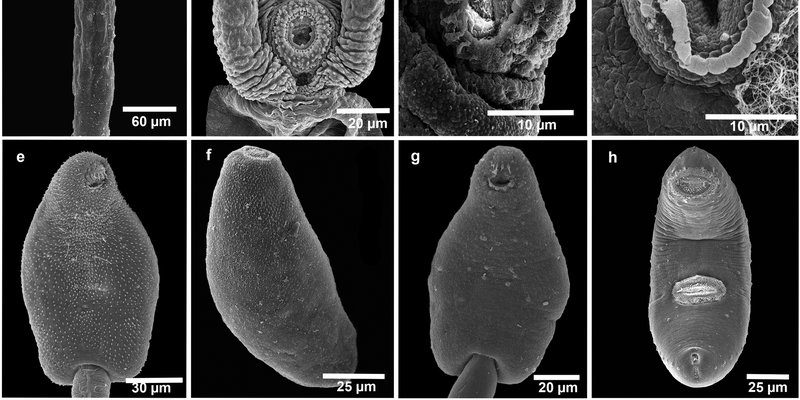
You might be wondering why we should care about these little creatures. Well, trematodes can have significant impacts on the health of their hosts and the ecosystems they inhabit. From influencing fish populations to affecting human health, their activity depends largely on the seasons. So, understanding their patterns isn’t just academic—it’s crucial for managing wildlife and public health. Let’s take a closer look at how we can monitor trematode activity throughout the year.
What Are Trematodes?
Trematodes, or flukes, are a fascinating group of parasitic flatworms. They have a unique structure and life cycle, making them stand out in the world of parasites. Unlike some other worms, trematodes often require multiple hosts to complete their life cycle, which can include stages in snails, fish, or mammals.
Life Cycle of Trematodes
The life cycle of a trematode can be quite complex. It typically starts when eggs are laid in the environment, often in water. From there, these eggs hatch into larvae called miracidia, which seek out their first host, usually a snail. Inside the snail, the larvae develop into another stage called cercariae, which then leave the snail to find a second host, such as a fish or even a mammal.
This cycle allows them to spread efficiently across ecosystems. The specific timing and conditions of each stage can vary, greatly influenced by seasonal changes.
Why Monitoring Is Important
Monitoring trematode activity is essential for several reasons. First and foremost, it allows scientists to track the health of aquatic ecosystems. Changes in trematode populations can indicate shifts in environmental conditions or the health of host species.
Public Health Concerns
Trematodes are not just a concern for wildlife; they can also affect human health. Some species, like Schistosoma, can lead to diseases in humans. By monitoring their activity, researchers can predict outbreaks and implement strategies to protect public health. It’s like keeping an eye on a storm brewing on the horizon; the sooner you spot it, the better prepared you can be.
Seasonal Patterns of Trematode Activity
Understanding the seasonal patterns of trematodes can help us predict when and where they are most active. Trematodes often show increased activity during warmer months when their hosts are more abundant and environmental conditions are favorable.
Spring Hatching
In spring, as temperatures rise and water bodies thaw, trematode eggs start hatching. This is a critical time when cercariae begin to emerge and search for their next host. This season represents a peak in their reproductive cycle, driving their population growth.
Summer Growth
As we move into summer, conditions are typically ideal for trematodes. The warmth accelerates their growth and reproduction. If you’re looking to monitor their activity, summer is the prime time for observing them in their natural environment. You might find them in ponds or lakes where they actively navigate to new hosts.
Techniques for Monitoring Trematode Activity
Monitoring trematode activity involves a range of techniques, from field studies to laboratory assays. Each method offers unique insights into their life cycles and interactions with hosts.
Field Observations
One of the most straightforward methods is field observation. Researchers may collect water samples from habitats known to host trematodes. Keeping records of the populations present can help spot trends over time, such as increases during specific seasons.
Laboratory Analysis
In the lab, researchers can analyze specific samples for the presence of trematode eggs or larvae. These analyses often involve techniques like microscopy or molecular diagnostics, which provide detailed insights into the species present and their lifecycle stages. Such precise methods offer a more comprehensive view of trematode dynamics.
Challenges in Monitoring Trematodes
While monitoring trematode activity is crucial, it’s not without its challenges. Various factors can complicate the process, from environmental changes to the elusive nature of these parasites.
Environmental Variability
Seasonal changes can introduce variables that impact monitoring efforts. For instance, if a region experiences unusual weather patterns—like extended droughts or flooding—trematode populations may fluctuate unpredictably. Researchers need to adapt their monitoring strategies accordingly.
Host Availability
Since trematodes depend on specific hosts to thrive, changes in host populations can also affect monitoring efforts. If a primary host becomes scarce, it can indirectly impact trematode populations. Understanding these interdependencies is crucial for accurate monitoring.
Future Directions in Trematode Research
Looking ahead, research into trematodes continues to evolve. Advances in technology and methodology promise to enhance monitoring efforts and improve our understanding of these complex organisms.
Genomic Techniques
Emerging genomic techniques, such as next-generation sequencing, allow researchers to explore trematode diversity and genetic variation in more detail. These technologies can shed light on how different species adapt to varied environments and host interactions.
Impact of Climate Change
Climate change is another critical area of focus. As temperatures rise and ecosystems shift, understanding how trematodes will adapt is vital. Monitoring their activity can help predict potential responses to changing conditions, assisting in conservation efforts and public health strategies.
Monitoring trematode activity across the seasons is more than just an academic pursuit—it’s essential for understanding ecological health and potential public health risks. By studying these fascinating organisms and their seasonal patterns, we can gain valuable insights into the health of our water systems and the broader effects of environmental changes. As we embrace new technologies and methodologies, the future of trematode research looks promising, offering hope for more effective monitoring and management strategies. So, next time you think about these tiny orchestra players, remember their role in the larger ecological symphony—and the importance of keeping an ear out for their tunes.

